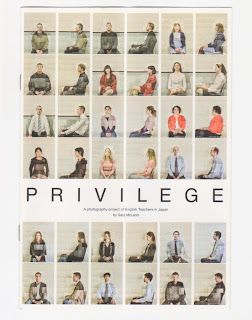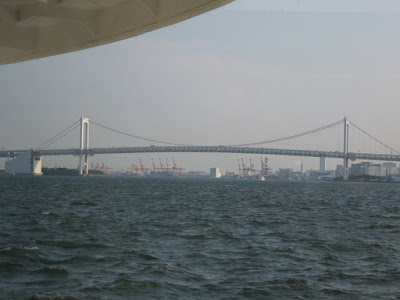 Cultural Migrants from Japan: Youth, Media, and Migration in New York and London
Cultural Migrants from Japan: Youth, Media, and Migration in New York and Londonby
Yuiko FujitaLexington BooksISBN: 0739128914; 216 pp
This is an academic and readable book on young Japanese who choose to live in London or New York for cultural purposes - to become artists, dancers, DJs, etc - rather than for purely economic reasons.
The book traces the lives of some of these Japanese "cultural migrants" as they move from Japan to New York or London, then back to Japan again. This is done in a series of interviews with twenty-two migrants who express their views, ideas, opinions, prejudices, etc regarding their lives in London, Tokyo, or back in Japan.
A huge variety of reasons are presented for going abroad, and women appear to outnumber men. These migrants also gain a degree of independence when abroad (in particular being away from family), and some feel that they have reached a deadlock at work in Japan and need to go abroad for more opportunities.
The way the interviewees see their identity and/or the identity of Japan in the world, and how they view Western countries, makes for interesting reading. The images that many of them hold of New York and London prior to visiting these cities are very strong, and the influence of the media, in particular TV shows, is emphasized.
The book also includes discussions on identity in the context of the ideas of
Nihonjinron ("theories of Japaneseness"), and the interviewees' sense of identity, often expressed positively (mainly for the men) and a little negatively (mainly for the women). The ideas that many of these young people hold relating to race and ethnicity changes when they live in London and New York; many of them make friends with Koreans and Taiwanese (arguably the countries that are culturally the closest to Japan), and find that their images of British people and Americans ends up being shattered, in both good and bad ways.
Some respondents claim their own hierarchy of racism, for example, looking down on other Asians, and many of the interviewees heighten their sense of nationalism when abroad. It was also particularly shocking to read of violence and racial taunts to some of the interviewees in both cities.
If there is any weakness in the book, it is this: a few months (or even a few years) is really not enough to understand and put in context the experience of living overseas, although it can be said that this often depends on the individual concerned. The reader comes away with the feeling that half of the interviewees have fleeting and superficial experiences abroad, while the other half find some depth to their time spent away from Japan and attempt to integrate and understand their unfamiliar surroundings, albeit for a short time.
Ultimately the book delivers an interesting mix of opinions and shows the sheer variety of views and the importance of focusing on individuals and individual experiences. Some of the interviewees returned to Japan and were later interviewed back home, and some remained abroad. In fact, one of the most important questions all of them faced was whether to stay or leave.
It is a shame that this book will not find a wider readership; it is academic in nature, which may put some off, but easy to read; unfortunately (as is the case for many academic works), it is expensive, and so may find a limited market, when it deserves a larger one.
David WhiteBuy this book from Amazon USA I UK I Japan
© JapanVisitor.com
Yahoo Japan Auction ServiceBook a Japanese Hotel with BookingsJapanese FriendsRough Guide To JapanTagsJapan Books London Yuiko Fujita Japanese Overseas





















